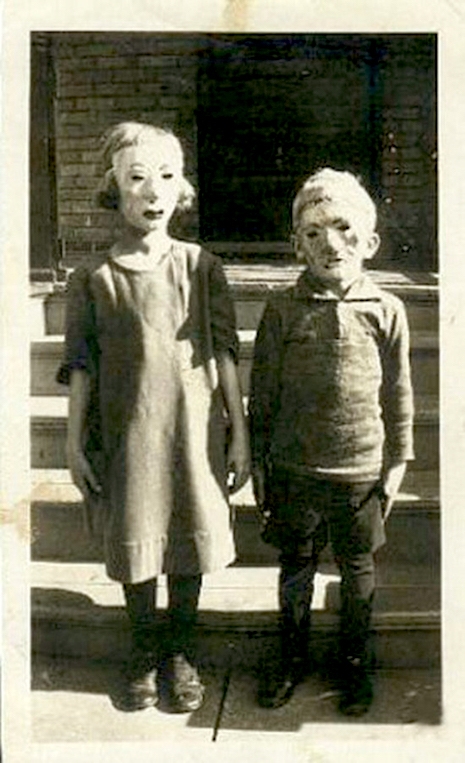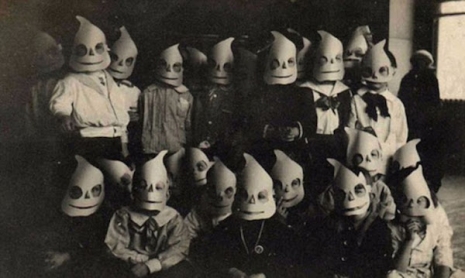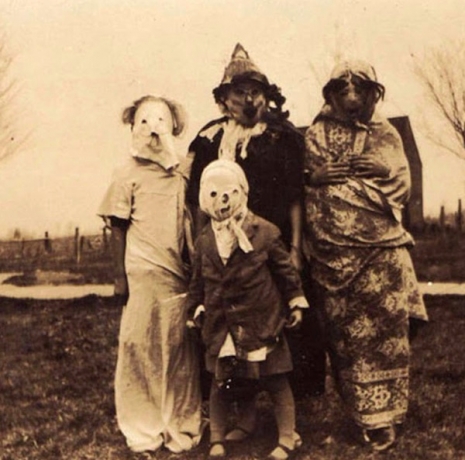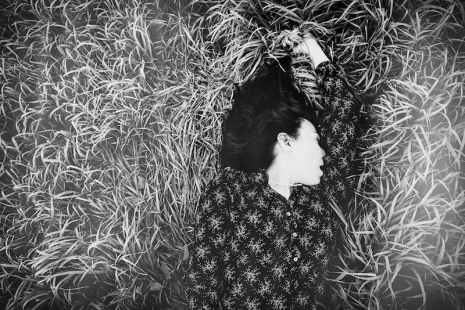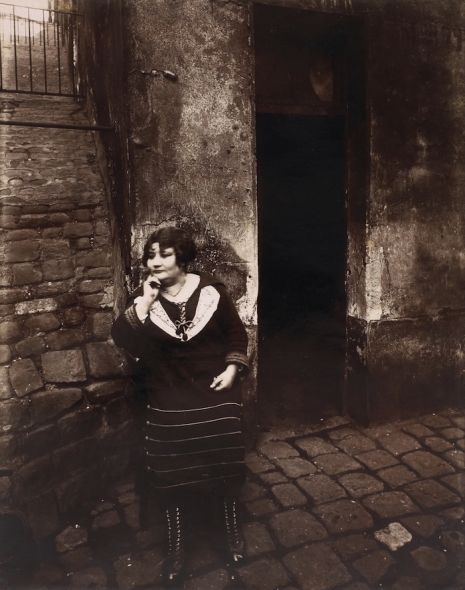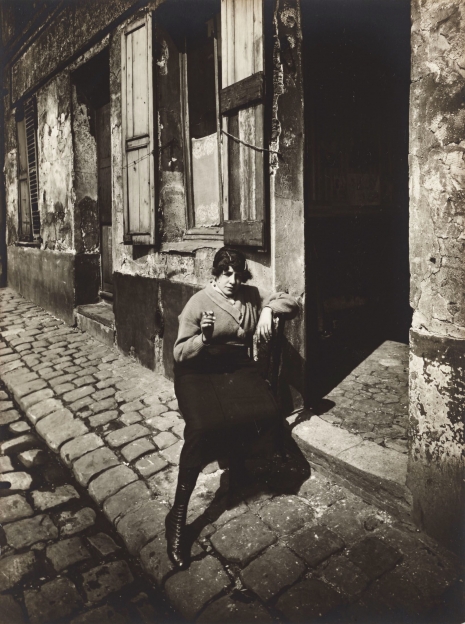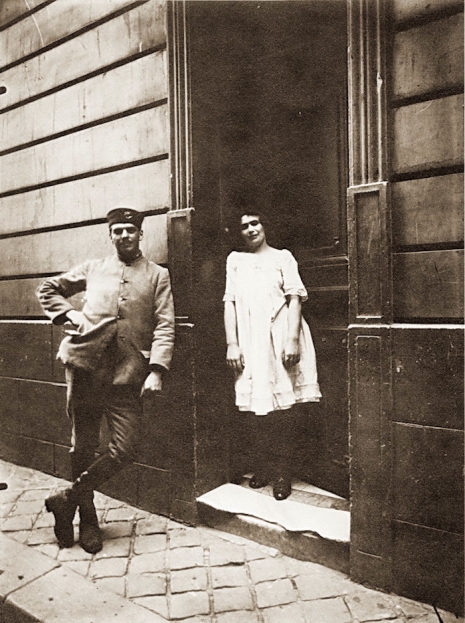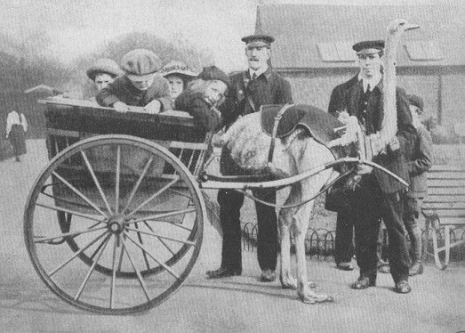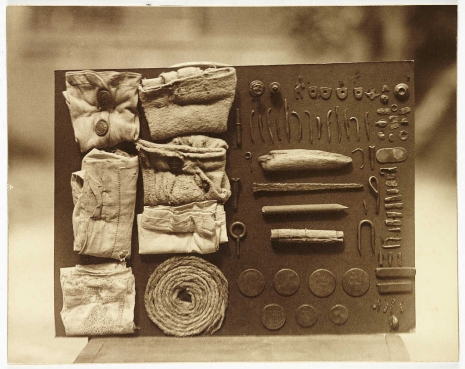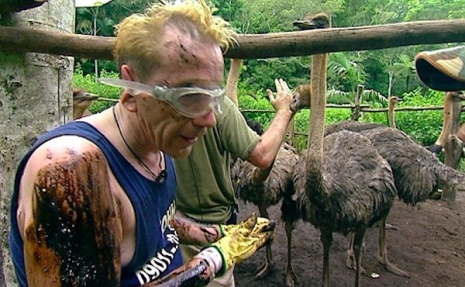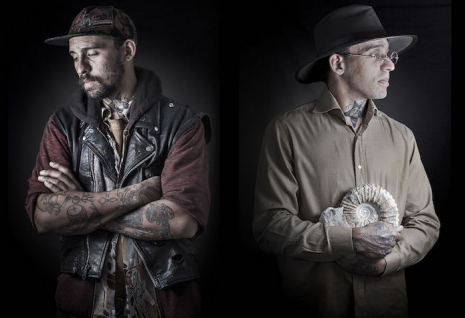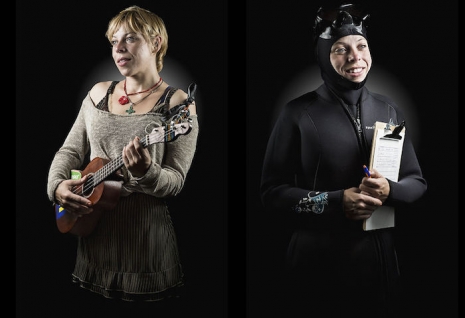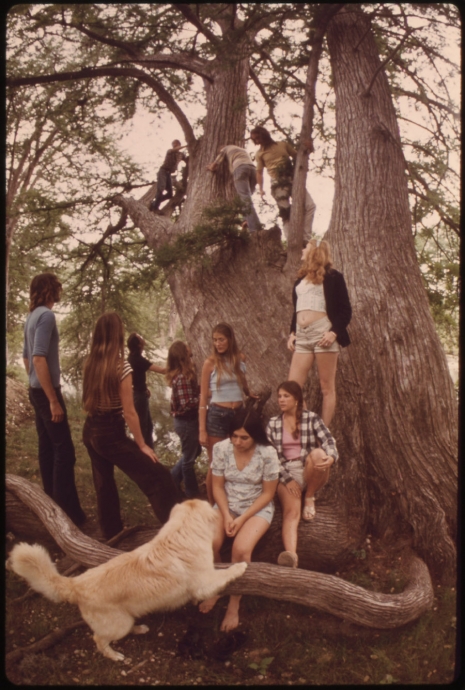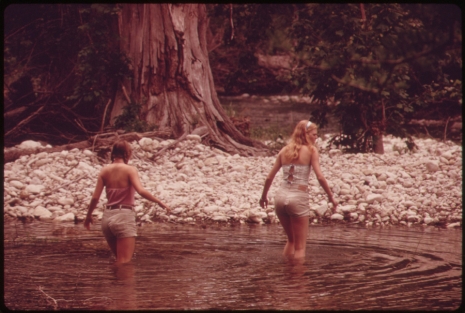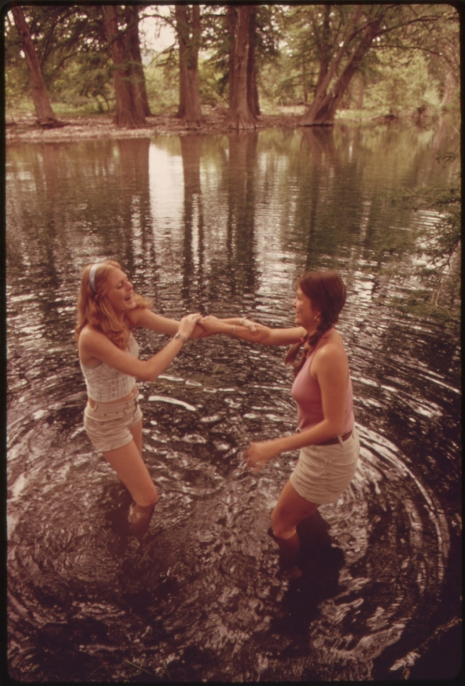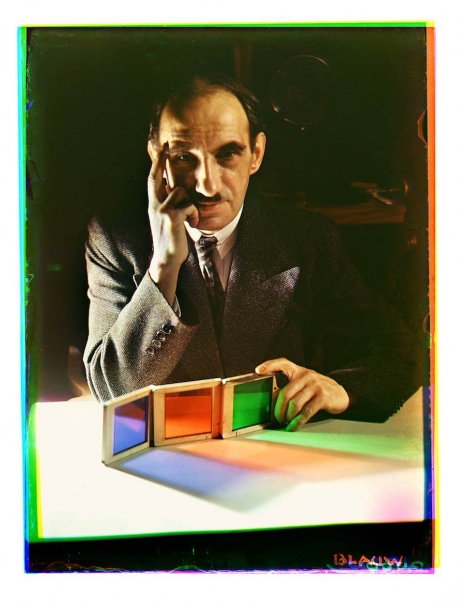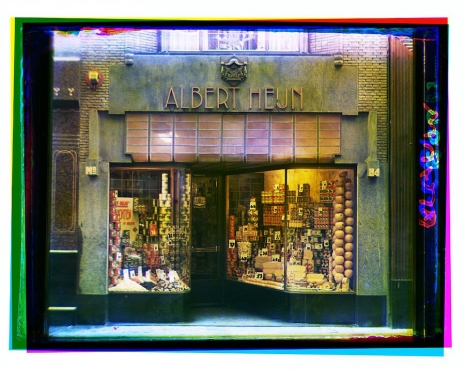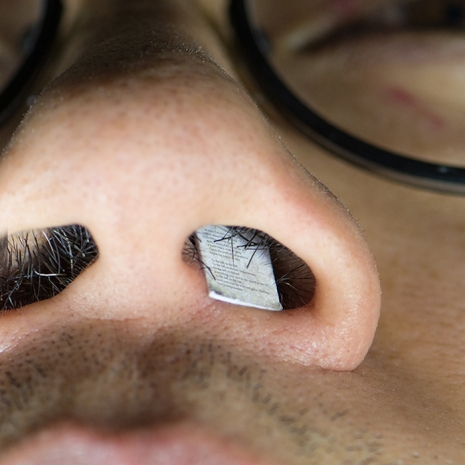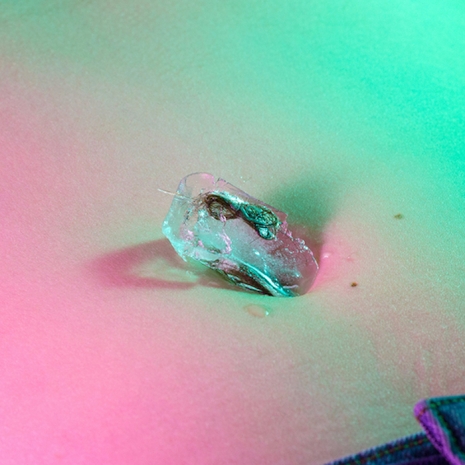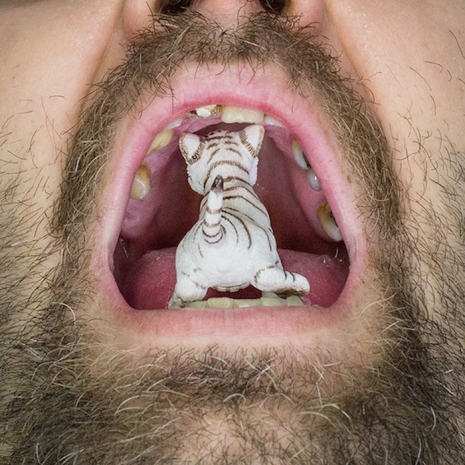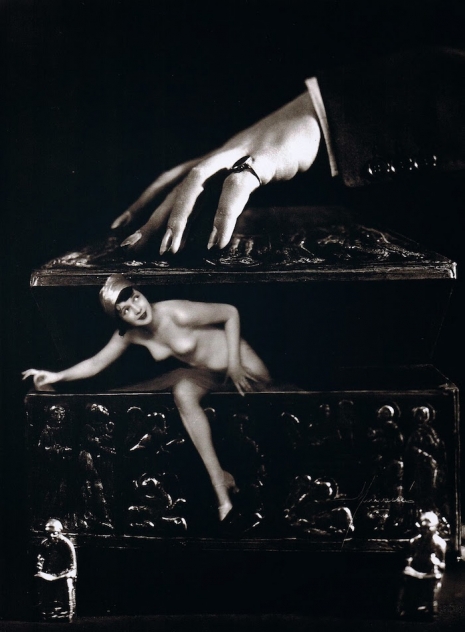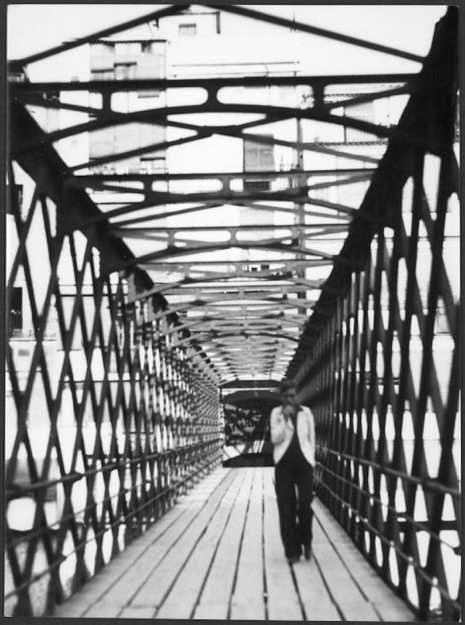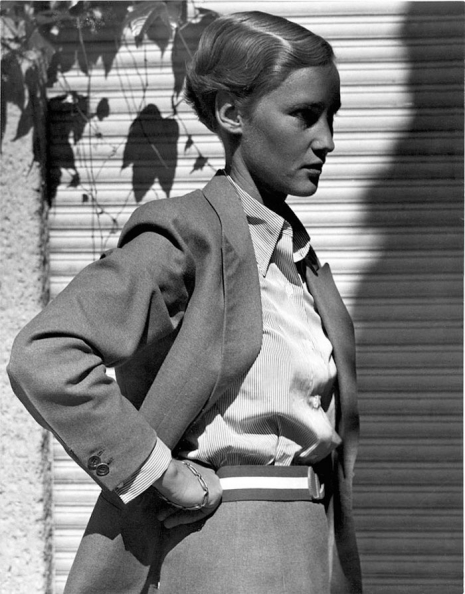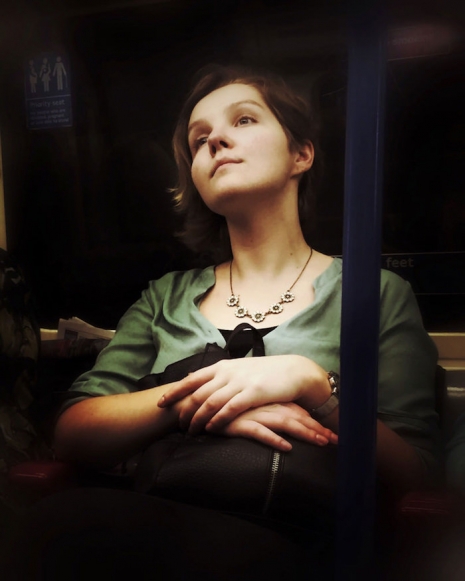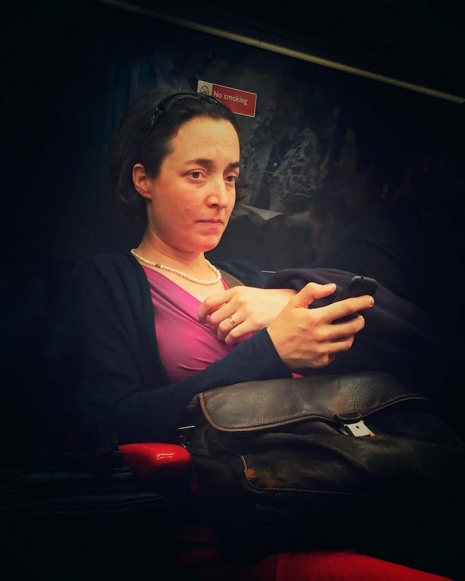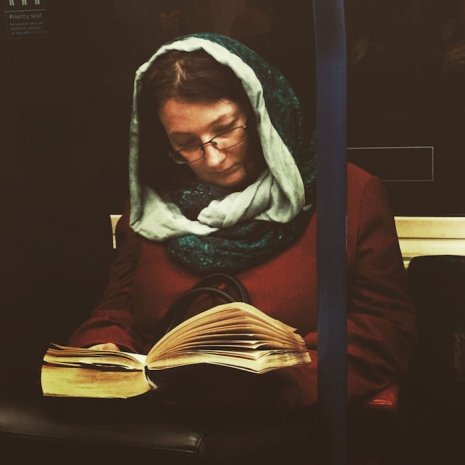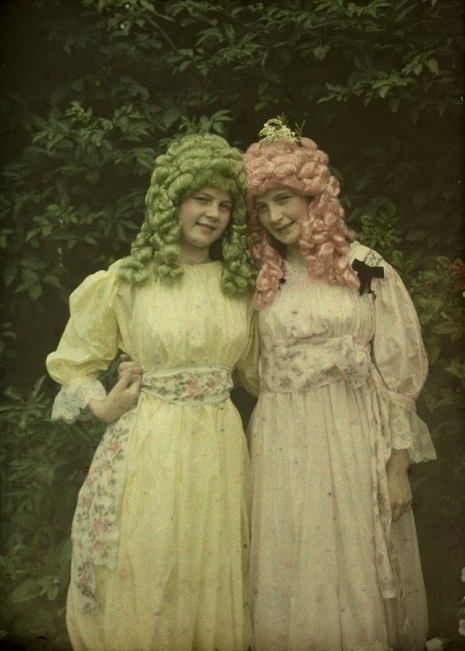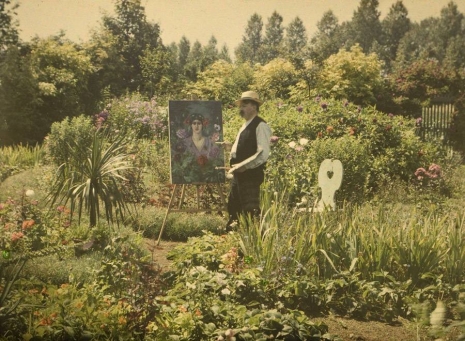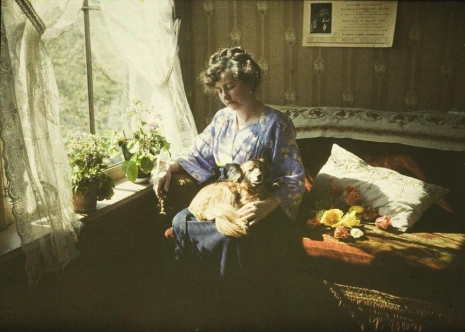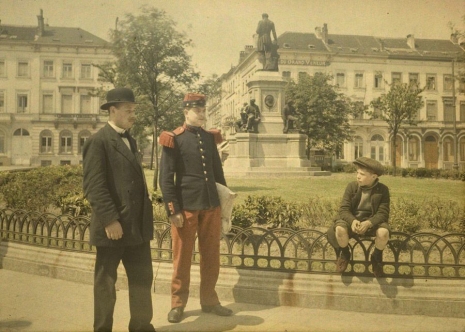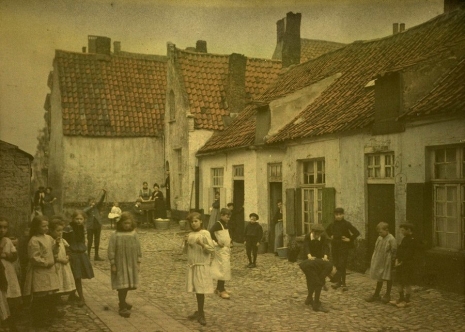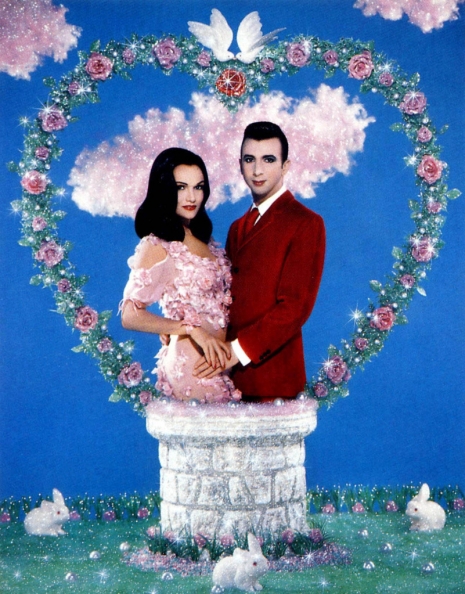
Some time ago I read an article in a Sunday supplement magazine about a street photographer in Czechoslovakia who wandered around his hometown of Kyjov taking pictures with a homemade camera. The photographer was an old man, with long unkempt hair and a Santa Claus beard. The article described this photographer as a “master voyeur” and because of his appearance suggested he was a dirty old man—Charles Bukowski with a weird contraption for a camera. The appraisal was perhaps a bit unfair—low class journalism to luridly frame the story of an artist whose work should really have been better known. I clipped the story, one to be filed away for future use, but lost it somewhere in my endlessly peripatetic lifestyle. Indeed, I had almost forgotten all about this strange man and his beautiful photographs until I chanced upon a blog by Rob Baker which thankfully reacquainted me with the life and work of Miroslav Tichý.
Tichý was born in Netice, a village in Moravia, on November 20, 1926. He was one of fourteen children born to the local tailor and his wife. He was a bright kid, excelled in languages and a great talent for art. In his late teens he enrolled for an arts foundation course at the Academy of Fine Arts in Prague. He was considered a talented draftsman and was highly popular with his fellow students. This short happy time starting in 1946 changed dramatically with the Communist coup d’état two years later. Roman Buxbaum a young friend of Tichý described what happened next:
After the Communist takeover in February 1948 drastic changes took place at the Academy. Respected professors and assistant professors were quickly thrown out. Instead of drawing women models, the students were forced to draw workers in overalls. Tichý refused to draw them. It seems that the political crisis overlapped with a personal crisis, and the young artist succumbed to both. He stopped working and spent his time walking about Stromovka park in Prague, and avoided his friends. He quit the Academy and had to do his compulsory military service.
Stalin’s brutal dictatorship of the country led to a series of purges that destroyed the lives of anyone who did not submit to Russia’s Communist party rule. This all had a devastating effect on Tichý. He refused to conform which led to his being sent for treatment at the Opava psychiatric clinic.
After Stalin’s death, Russia’s new president Khrushchev denounced much of what his predecessor had done and though there were signs of a “thaw” little changed in the Soviet rule over Czechoslovakia. Tichý returned to live with his parents in Kyjov. He began drawing and painting again and exhibited some work at an exhibition in Brno in 1958.
At the start of the 1960s, Tichý made his opposition to the Communist rule more apparent by growing his hair long and no longer trimming his beard. Every day he dressed in the same worn at the cuffs and torn at the knee black suit looking like a down and out boozehound. His image was the opposite of the hunky, masculine worker of Communist propaganda. His appearance deeply irked the Czechoslovakian authorities. Tichý was repeatedly intimidated and arrested by local police—but he still refused to give over his independence to the state. He was unbowed and described himself as “a samurai” with his sole aim to destroy his enemies.

An older Miroslav Tichý on his hometown streets.
During the 1960s, Tichý started taking street photographs with an old field camera he had inherited from his father. He continued to draw and paint and was still very much a thorn in the local authorities’ side who arrived at his parents’ door the week before May Day every year to take him away so he would not offend the eye of any Communist dignitaries.
The invasion of Russian troops to crush the Prague Spring in 1968 forced Czechoslovakia further under the Communist rule. The country became more authoritarian and oppressive. It meant Tichý became was more isolated and an easier target for the authorities. He lost his studio. Much of his work was tossed during his eviction by the housing cooperative. The eviction traumatized Tichý and he found it difficult to continue painting and drawing.

Instead Tichý concentrated on photography as his means of expression. He wandered around his hometown streets, surreptitiously taking photographs of women with his homemade cameras. His style was the polar opposite to the sharp, clean, overly-idealized propaganda of his Communist overlords. His work was dreamlike, opaque, beautifully composed and realized. His life seemed chaotic. He was “the prophet of decay” as Roman Buxbaum described Tichý in a visit to his home:
Disorder seems to be his agenda, not because of laziness or an inability to tidy up. Rather, it is his intention. When the visitor has finished looking through some book or at a photograph and returns it to Tichý, he or she will probably hear: Throw it on the ground! Other laws apply here. The world of chance and chaos constitutes a ferment in which material matures, immersed in the depths of Tichý’s ocean, to be brought back to the surface, but changed and worn by time.
Tichý is a reactionary in the truest sense of the word. While Yuri Gagarin was conquering outer space, Tichý was making cameras out of wood. He put himself into reverse, moving backwards against the ideology of progress. A genuine reactionary, and a very effective one, because unlike the Five-Year Plans he achieved his aims. The Stone-Age photographer was the embodiment of an insult to the small-town Communist elite. He became the living antithesis of progressive thought, of the Marxist theory of history moving in a straight line.
Technically-speaking, his photographs are deliberately enhanced by “mistakes” and stains from a haphazard processing of his film prints, which were done mostly in bathtubs and buckets (“A mistake. That’s what makes the poetry.”) Tichý would shoot up to 90 photographs a day, go home and then develop and print them. Each would be printed only one time, cropped with scissors, drawn and painted upon, perhaps. Some were framed by his hand.
The police continued to harass Tichý. They tried to arrest him for being a voyeur—taking photographs of women walking the sidewalk, working in stores, sunbathing in parks. But the police could find no evidence and no one supported their allegations—so Tichý always walked free.
More on Miroslav Tichý‘s photographs, after the jump…
